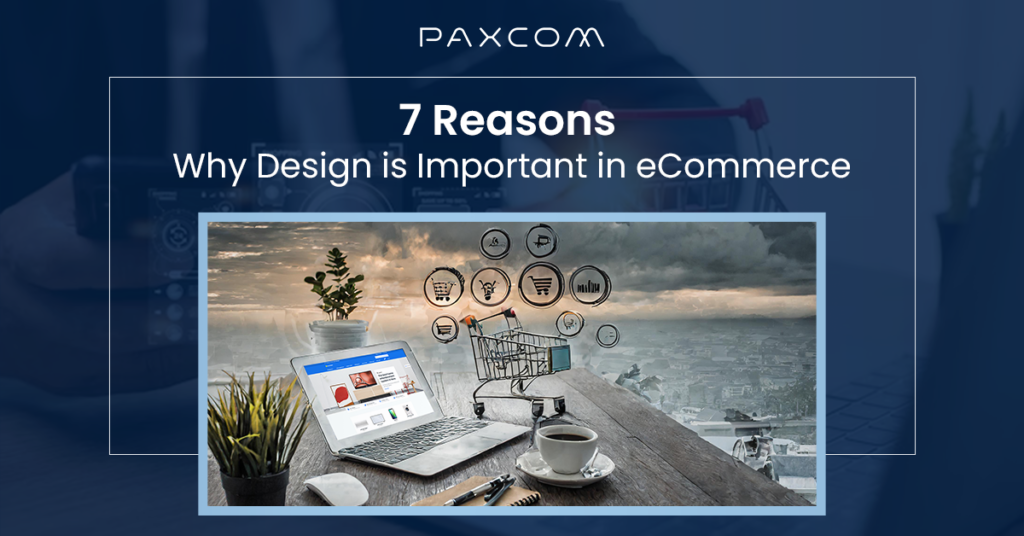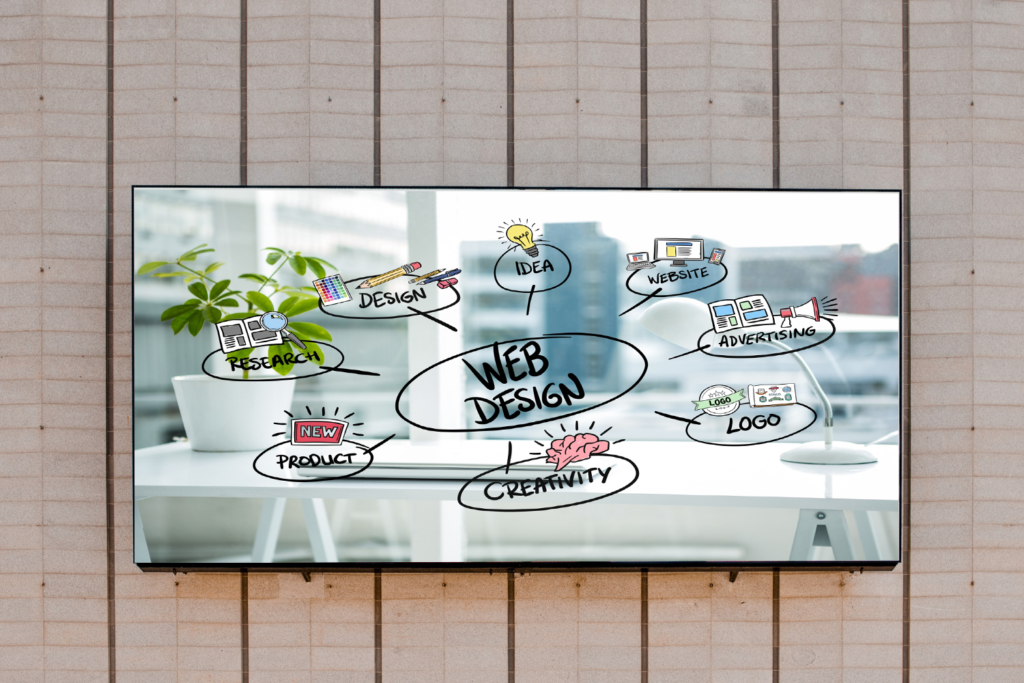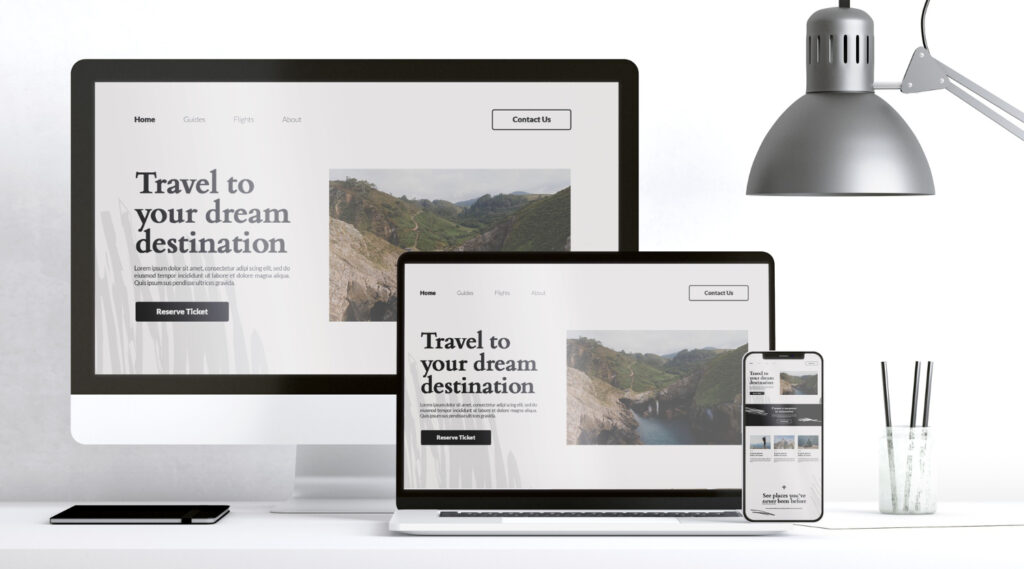Gone are the days when design was considered merely an aesthetic choice. In today’s digital landscape, it’s a strategic element crucial for driving sales and building brand loyalty in e-commerce.
E-commerce thrives on a positive user experience (UX). UX designers prioritize user needs and behaviors to craft intuitive and engaging online stores. They leverage cutting-edge technologies to deliver seamless interactions that keep customers returning for more.
First things first, before we move into designing trends, let’s clear the basics first!
Table of Contents
Understanding the Difference Between Advertising and Marketing Design
While advertising design focuses on short-term promotional campaigns (think billboards or social media ads), marketing design establishes a cohesive brand identity through elements like logos and website layouts.
Both disciplines work together to achieve a singular goal: attracting customers and fostering brand recognition.
The Impact of Design on Conversion Rates
First impressions are everything; we all know that. High-quality product images are the cornerstone of any successful online store. They act as a silent salesperson, enticing customers to explore further and ultimately purchase. A well-designed shopping cart and a user-friendly website navigation further enhance the customer journey, streamlining the checkout process and boosting conversion rates.
Apart from the product images, design also plays a critical part in the user experience when you have your own eCommerce website. With time, designers learn the latest technologies and techniques to stay ahead of the curve.
Quantifiable Benefits of Effective Design
- According to Adobe, 73% of businesses dedicate resources to enhancing their web design capabilities.
- Clutch revealed that 94% of people agree that easy navigation is a quintessential feature.
- Forrester stated that a well-designed website garners a 200% higher visit-to-order conversion rate than a shabbily designed website.
- Red Button leads to an increased conversion rate of 21% (Hubspot).
To summarize, digital design is not limited to creating websites, logos, and other visuals. It is a broader discipline to enhance the user experience across multiple touchpoints. It involves developing interactive interfaces that are intuitive and captivating for users, and AI integration has boosted various aspects of design.
This intersection touches multiple crosspoints, like creativity, product design, and UX. From generative AI algorithm designs to critique feedback, AI software and tools are structured to enhance various design aspects.
Let’s take a look at the up-and-coming popular emerging design trends.
1. Website Design & Navigation
A website is the powerhouse of any business. Ensure your website is neatly designed, easy to navigate, and attractive enough to garner attention. Optimise your website for mobile, as it creates a positive user experience.
An accessible website is far better than a heavily designed one, as it eliminates the room for confusion and makes it more usable. A website adds to your digital presence and identity; consistent design and readability are critical for creating a solid brand identity.
Search and navigation are effective and produce better results efficiently. Customers can simply filter their preferences and find the desired product.
2. Open Compositions birth imagination
Open composition is one of the most popular graphic design trends and is growing in popularity. Here, we will discuss its opposite, close composition, to help you better understand what open composition is. As the name implies, a close composition is a still image with a neatly framed focal point. The design element is intended to draw your eye towards the subject, usually at the centre or near the picture.
The idea behind the open composition trend is that your eye should never be allowed to rest. You should always feel like there’s more to see and continue exploring the picture. Open composition will enable you to explore your visual senses by giving them plenty of things to look at, whether a landscape or an abstract design. It helps to touch the viewer’s imagination, making them wonder what will be there.
3. Minimalism: Less is More
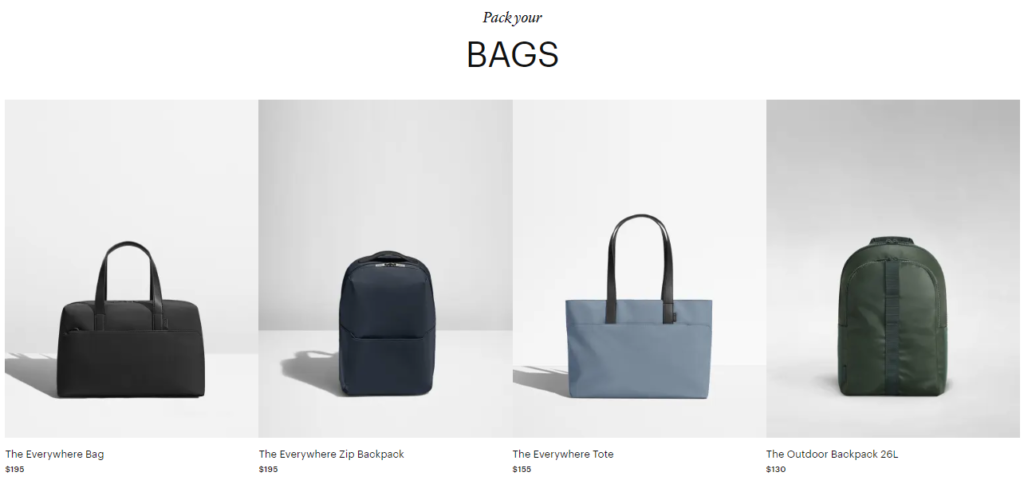
Minimalism is the art of removing the unnecessary to make your message or product stand out. It helps you eliminate all the things that distract people from what you want them to focus on. We have all heard the saying, “Less is more.” Uncluttered designs and clean layouts can speak for themselves without needing extra elements.
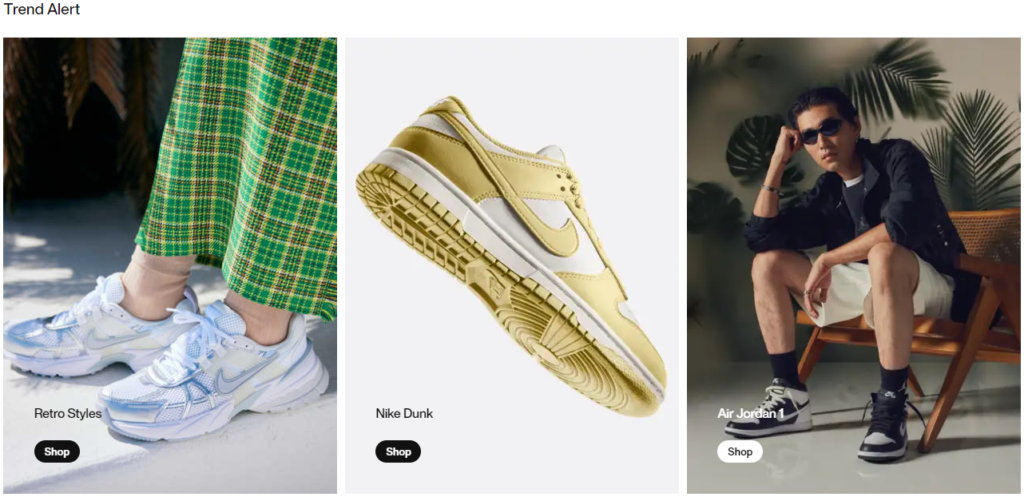
Take famous brands, for instance. We see a swoosh sign and immediately recognise it as “Nike.” The minimal approach works because it gives fewer things to consider and makes it easier to comprehend.
4. Motion graphics engage the audience.
Motion graphics is a form of graphic design that uses a sequence of images to create the illusion of movement and/or three-dimensional forms. This process often involves animation, composition, and video editing to create special effects.
With motion graphics, you can create a story by combining words, images, audio, and video into one seamless whole. Motion graphics are the best way to engage your audience. According to digital media services, multiple brands have seen a 60% increase in adaptation in this area. They are widely used in advertising, promotional campaigns, Twitter, and LinkedIn. This method speeds up the process as it helps engage the viewer quicker and adds creative flair to the message.
Below is an example of this design:
Motion Design For Nike Shoe (Upcoming)
5. Holographic design adds to the creation.
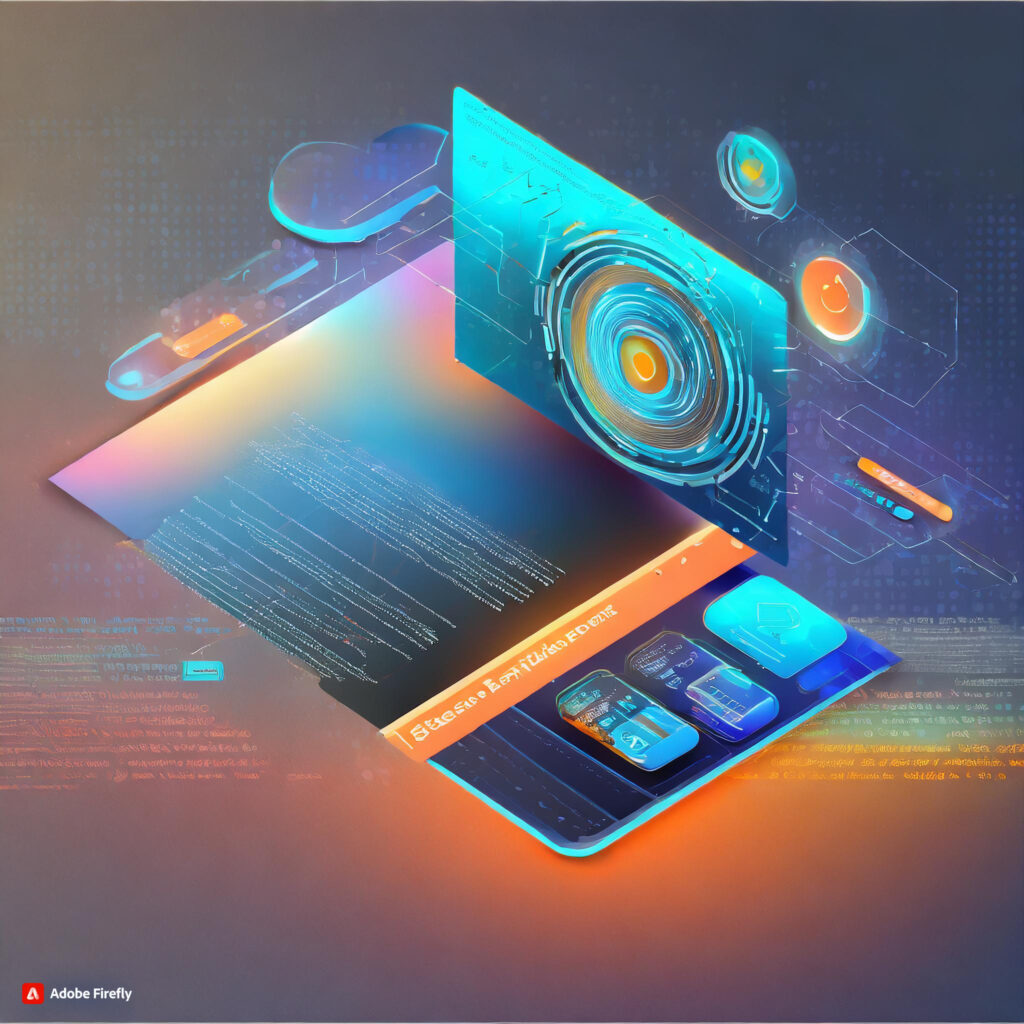
Holographic design can be defined as using 3D effects to create dimensional imagery that gives the illusion of depth. Although this concept has been around for years, it’s starting to gain popularity as a style in modern graphic design.
This trend is more than just another way of decorating. This new trend is about creating the illusion of 3D objects by using light reflection, shadowing, and diffraction on the surface of products. Propelled by advanced technology and adaptability, your brand will have an impact that can’t be ignored.
6. AI-Powered Design: A Collaborative Future
This super-smart companion makes things easy for you. With intricate ideas, incorporating personalisation, enhancing the design quality, and giving detailed feedback and reviews as per trends, artificial intelligence inspires you to improve the design by suggesting colors, or fonts.
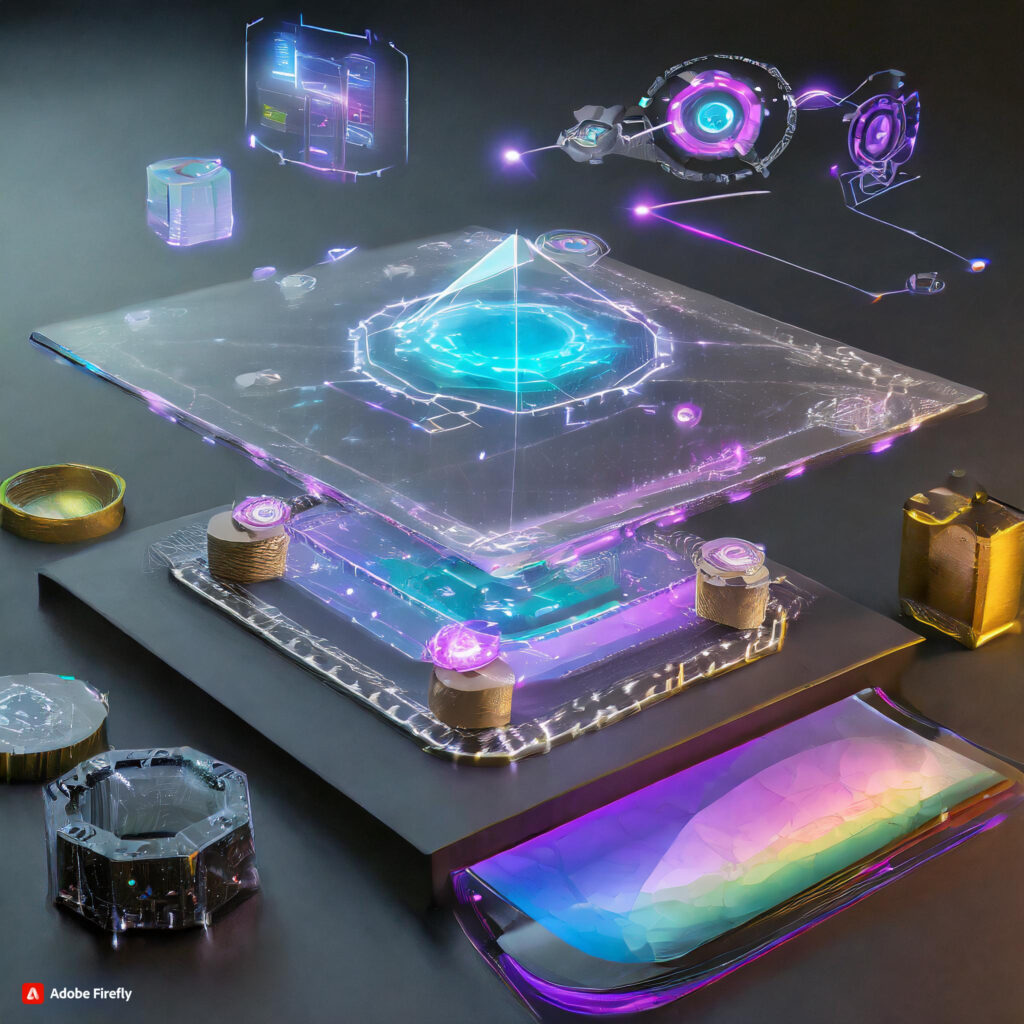
When combined, generative design has a long way to go and is expected to strike a humongous demand in the upcoming years. Designers must get hands-on practice with AI tools for better and more advanced results. Adobe Firefly, Dream Studio, Photoroom, Leonardo, Lexica, Supermachine, and even Canva offer AI-based image editing and generation.
7. Responsive & Conversion-driven designs for the win
A responsive website is designed to automatically adjust to all devices, whether tablets, mobile phones, laps, or laptops. Fluidity is essential for the website to function properly; thus, flexible layouts, grids, and images come in handy when a person switches from desktop to mobile. A responsive website adds to the user experience, is social-media friendly, and minimizes the loading time.
The website boosts sales and improves conversion rates. On top, it is accessible to all devices. This enhanced experience results in instant and easy checkouts, even on mobile phones.
Bottom Line
In conclusion, graphic design is an ever-evolving art form that necessitates staying ahead of contemporary trends, technological advancements, and consumer preferences. By examining which designs resonate most with your brand’s identity, you can achieve desired results that enhance brand performance.
The trends mentioned, such as hologram effects, minimalist design, open composition, generative AI text-to-image tools, and responsive web design, significantly improve brand performance. Hologram effects add visual interest and futuristic appeal, while a minimalist approach communicates clarity and sophistication. Open compositions invite engagement and creativity, and generative AI tools offer innovative solutions to design challenges. Additionally, responsive web design ensures an optimal user experience across devices, maximising brand visibility and accessibility.
If you are still trying to figure out how to align your designs with your brand’s identity, reach out to our design experts at info@paxcom.net for personalised guidance and support.
